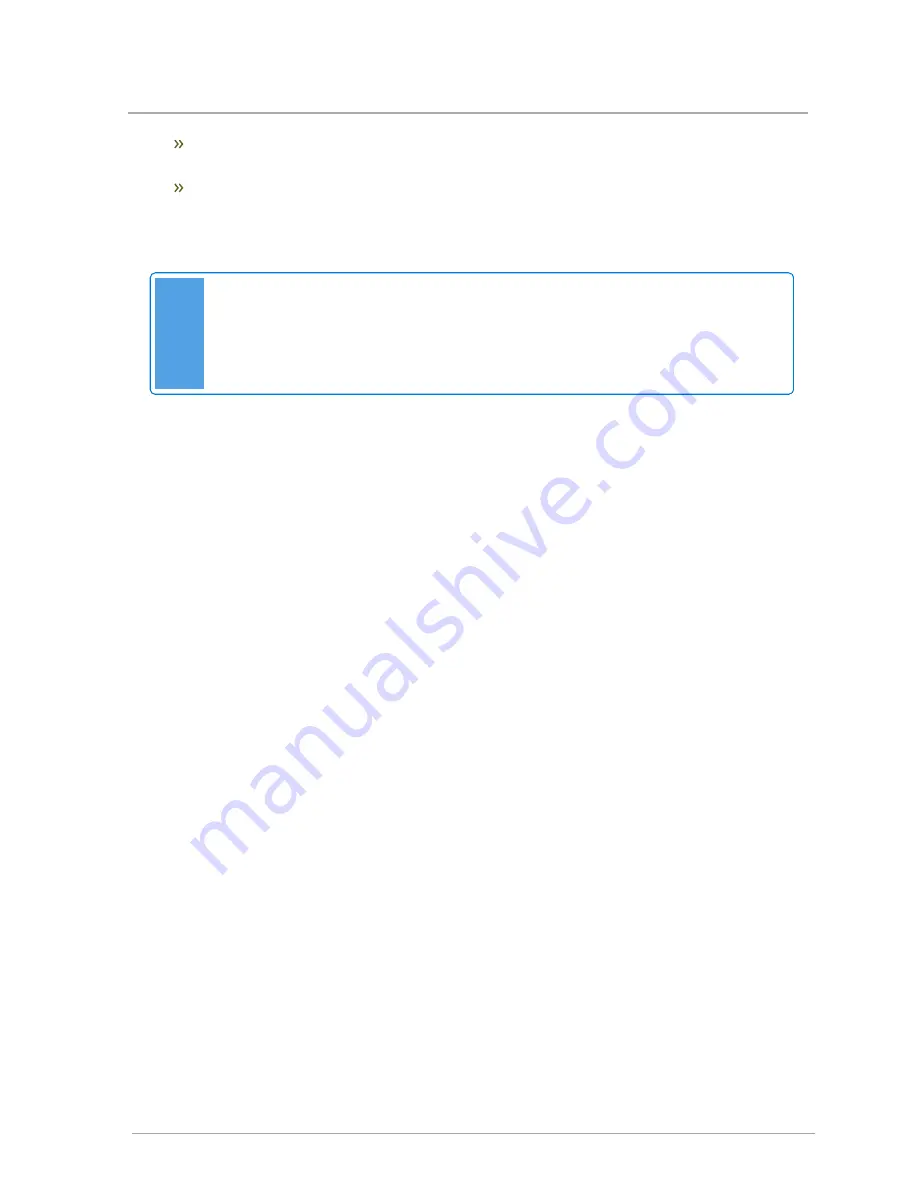
One pair (marked BoilerNet) for network connection – this is used for connecting multiple
IBC modulating appliances for autonomous staging.
The bottom pair of contacts (labeled 'External Control') receives a 0-10VDC (default) or 4-20
mA signal from an external boiler controller for direct throttle control. The boiler’s own
sensors act as high limits only. The user must enter maximum and minimum boiler supply
temperatures.
Note
Sensors connected to any sensor input contacts must be of the NTC Thermister type
with a resistance of 10,000 ohms at 77°F (25°C) and β = 3892. We do not recommend
using 3rd party supplied sensors. Compatible water temperature sensors and outdoor
sensors can be supplied by your IBC distributor.
3.13.4 Zone valve hook-up
If using zone valves instead of pumps to manage multiple heating loads:
1. Provide 24VAC for the zone valves to the power contacts on the Pump/ Zone Valve terminal
block.
2. Disconnect the 120VAC leads connected to PV-L/PV-N and cap off.
3. Use a separate transformer – the 40 VA appliance inside the wiring box is for internal
systems only.
4. Wire individual load/zone valves to their associated contacts on the secondary pump/zone
valve connector. Do not confuse such “load/zone valves” with similar valves used to
segregate a single load type (e.g., those used on a zoned radiant floor) – see the next
section.
3.13.5 Thermostat / sensor wiring
Each of the four loads has dry contacts for thermostats as marked on the lower connector strip
(e.g., "Therm 1"). Gang lines from a multiple-zoned load (e.g., off the end-switches for each zone
valve) present a common thermostat signal to the controller. Ensure that there are no disturbing
influences on the call-for-heat lines - for example, that there are no coils to switch an air handler
motor. Most power stealing thermostats can be connected directly to the Therm terminals. Consult
the
Controller
manual for more detailed instructions.
3.13.6 Thermostat heat anticipator
IBC “Therm” contacts draw no power, so an anticipator setting for the thermostat is not applicable
with these appliances. In the case of a single temperature / heat load where zone valves are used
to manage individual thermostatically controlled zones, each room thermostat’s heat anticipator
should be adjusted to the current draw of its associated zone valve.
59
3.13.4 Zone valve hook-up
Summary of Contents for SL Series
Page 8: ...Intentionally left empty...
Page 12: ...Figure 5 Top view SL 40 399 G3 Figure 6 Bottom view SL 40 399 G3 8 Section Specifications...
Page 14: ...Intentionally left empty...
Page 64: ...Figure 40 Electric wiring connections 60 Section Installation...
Page 76: ...Intentionally left empty...
Page 96: ...Intentionally left empty...
Page 108: ...Intentionally left empty...
Page 110: ...Internal wiring diagram Figure 46 Internal wiring diagram 106 Section Appendices...
Page 111: ...Sequence of operations Figure 47 Sequence of Operation 107 Sequence of operations...
















































